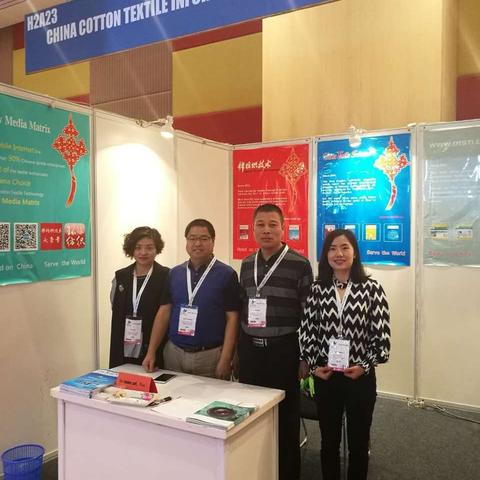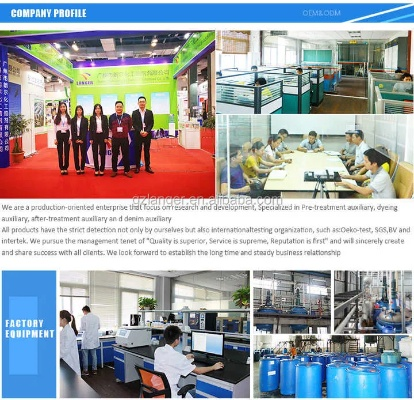The Science Behind Textile Density:An Insight into the Fabric of Fashion
"The Science Behind Textile Density: An Insight into the Fabric of Fashion",This article delves into the intricate science behind textile density, exploring how this fundamental aspect of fashion influences both the aesthetic appeal and practical functionality of garments. By examining the principles of fabric composition, weaving techniques, and dyeing processes, it reveals the nuanced relationship between form and function within the realm of fashion design. The discussion emphasizes the importance of understanding these scientific principles to create garments that not only meet but exceed expectations in terms of comfort, durability, and visual appeal. As we continue to explore the myriad facets of fashion, it becomes increasingly clear that the science behind textile density is not just a technical matter but a critical component of the creative process that shapes our perception of style and sophistication.
Introduction: In the realm of textiles, density is a term that often gets misunderstood. It's not just about how many threads there are per square inch; it's about the interplay between these threads and their arrangement on the fabric. This article will explore the intricacies of textile density, from its definition to its practical implications, and how it affects the quality, durability, and aesthetic appeal of our clothing.
Textile density refers to the number of threads per square inch (or square yard) in a fabric. It's a measure of the fabric's structure and strength. Higher densities mean stronger, more durable fabrics, while lower densities may result in fabrics that are less resistant to wear and tear.

The Interplay Between Threads: Each thread in a fabric has its own unique properties, such as thickness, elasticity, and weight. When these threads are arranged on the fabric, they create a pattern that determines the overall density of the fabric. For example, a woven fabric with a higher density would have more tightly packed threads, resulting in a stronger, more durable fabric. On the other hand, a knitted fabric with a lower density would have more loosely packed threads, making it softer and more flexible.
Practical Implications: Textile density plays a crucial role in determining the functionality and longevity of our clothing. A high-density fabric will resist pilling and creasing better than a low-density fabric, making it ideal for outdoor wear or sportswear. Additionally, high-density fabrics are often lighter and more breathable, making them ideal for summer clothes.
On the other hand, low-density fabrics may be more comfortable to wear, but they are also more prone to wear and tear. They may also be less resistant to stains and spills, making them less suitable for work or formal occasions.
Case Study: Consider the case of a high-end fashion brand that specializes in luxury leather jackets. These jackets are designed to be both stylish and functional, with a high-density fabric that provides excellent durability and protection against weather conditions. The brand uses a specific type of leather that is known for its strength and resistance to wear and tear. The jackets are then finished with a high-quality finish, which enhances their visual appeal and adds an extra layer of comfort.
Conclusion: In conclusion, textile density is an essential factor that influences the quality, durability, and aesthetic appeal of our clothing. By understanding the intricacies of textile density, we can make informed choices when shopping for clothing, ensuring that our wardrobe meets our needs and expectations. Whether you're looking for a high-performance piece of outerwear or something that's more comfortable to wear, understanding textile density will help you make the right choice for your lifestyle and preferences.
纺织品密度概述
纺织品密度是指纺织材料在单位体积内的质量或密度,它涉及到纤维的组成、纤维的长度、宽度以及织物的结构等因素,在纺织行业中,密度是一个重要的质量指标,它直接影响到纺织品的性能和用途。
密度与纺织品特性
- 纤维组成:不同纤维的密度不同,这决定了纺织品的吸湿性、透气性、柔软度等特性,棉纤维的密度较低,吸湿性好,适合制作夏季衣物;而丝绸纤维则具有较高的密度,手感柔软,适合制作高档服装。
- 织物结构:织物的密度也会影响其透气性、吸湿性、保暖性等性能,高密度的织物通常具有更好的保暖性和舒适度,适合制作冬季衣物。
密度测试方法
密度测试可以通过多种方法进行,包括称重法、阿克曼吸水性测试仪法等,在实际操作中,需要注意测试环境的温度、湿度等因素对测试结果的影响。
案例分析
某品牌的高品质棉质衣物
该品牌的高品质棉质衣物采用了高密度的纺织工艺,使得衣物具有更好的保暖性和舒适度,该品牌的衣物还具有吸湿性好、透气性强的特点,适合各种气候条件下的穿着。
丝绸纤维面料的应用
丝绸纤维面料由于其独特的质地和手感,被广泛应用于高档服装、床上用品等领域,高密度的丝绸纤维面料不仅具有优良的透气性和吸湿性,还具有优雅的外观和手感,深受消费者喜爱。
密度与纺织品质量的关系
密度与纺织品质量的关系密切,合理的密度设计可以提升纺织品的性能和品质,在纺织生产中,需要根据不同的应用场景和需求,选择合适的纤维种类和织物结构,以达到最佳的纺织品质量。
密度测试实例
称重法测试纺织品密度
在进行纺织品密度测试时,可以采用称重法进行测量,具体步骤包括准备样品、称重、记录数据等,通过称重法测试,可以获得样品的密度值,从而了解其性能和质量。
阿克曼吸水性测试仪法测试纺织品吸湿性
阿克曼吸水性测试仪法是一种常用的纺织品吸湿性测试方法,通过使用阿克曼吸水性测试仪,可以快速准确地测量样品的吸湿性能,从而了解其吸湿性能的好坏。
纺织品密度是衡量纺织品质量的重要指标之一,合理的密度设计可以提升纺织品的性能和品质,在纺织生产中,需要根据不同的应用场景和需求,选择合适的纤维种类和织物结构,以达到最佳的纺织品质量,还需要注意测试环境的温度、湿度等因素对测试结果的影响,通过不断的研究和实践,我们可以更好地掌握纺织品密度的相关知识,为纺织行业的发展做出更大的贡献。
Articles related to the knowledge points of this article:
The Journey of Golden Beads:The Story of 金豆豆纺织品
The Transformative Power of Textiles in Modern Society



